Lenses: why you should buy secondhand
Grab yourself a bargain
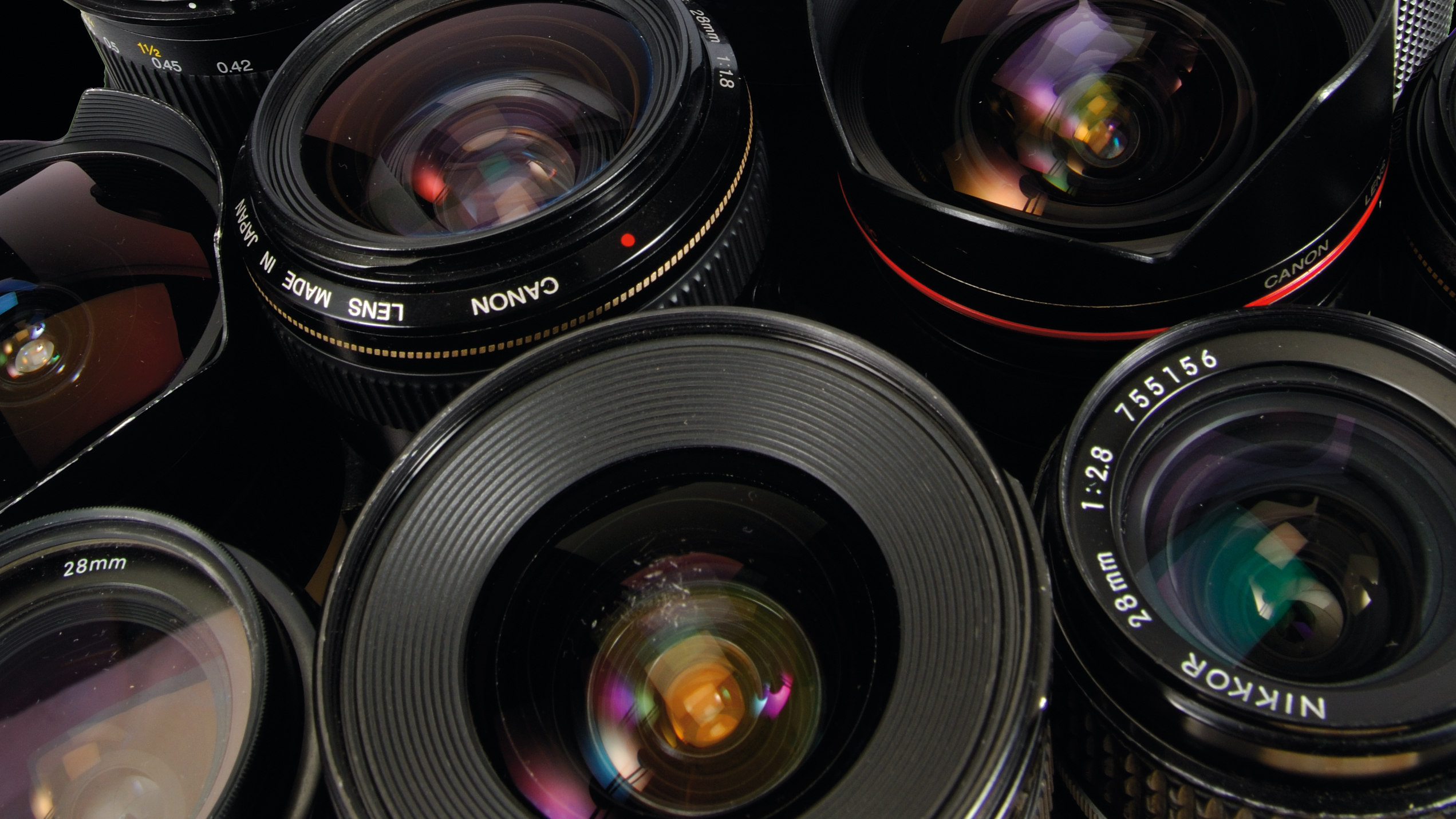
With digital technology moving as quickly as it does, the secondhand market has become a great place to shop around for a new camera, lens or accessory.
Pre-owned lenses in particular make a lot of sense for the photographer. Lenses aren’t replaced anywhere near as quickly as bodies, and so they keep their value for longer. This in turn makes them a better investment if you’re already committed to a system, but even if you do decide to swap camps at some point in the future, that doesn’t necessarily mean you have to give up your favourite glass.
If you do buy secondhand, however, it’s important to bear a handful of things in mind to make sure you get what you expect, and that you're covered if anything goes wrong. Read on to find out how to make the right decision.
What to look for
Why you can trust TechRadar
Perhaps the most important thing to examine in a secondhand lens is its condition, and this is where buying in person becomes useful. That’s not to say that online descriptions from reputable retailers can't be trusted, just that you stand to make a better decision if you can see a lens for yourself, and ask any questions, before you make your mind up.
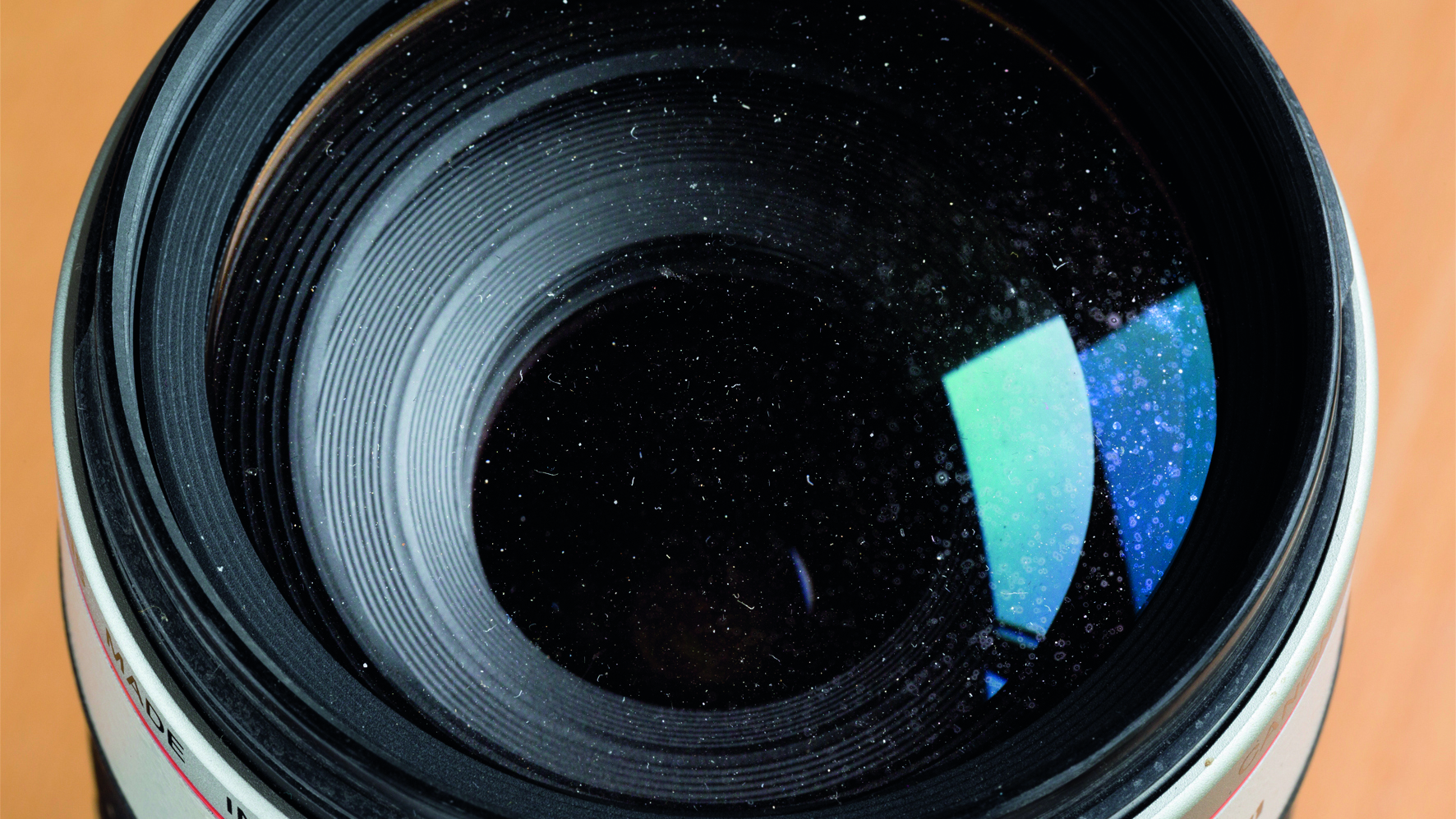
You want to be sure that the front element of the lens is clear and free from any stubborn marks or scratches, but make sure to inspect the rear element too. The rear of the lens barrel (the male lens mount) may sport some marks from mounting; this shouldn't prevent it from working well, although you should check that the contacts (if there are any) are clear, as these are required to communicate with the camera.
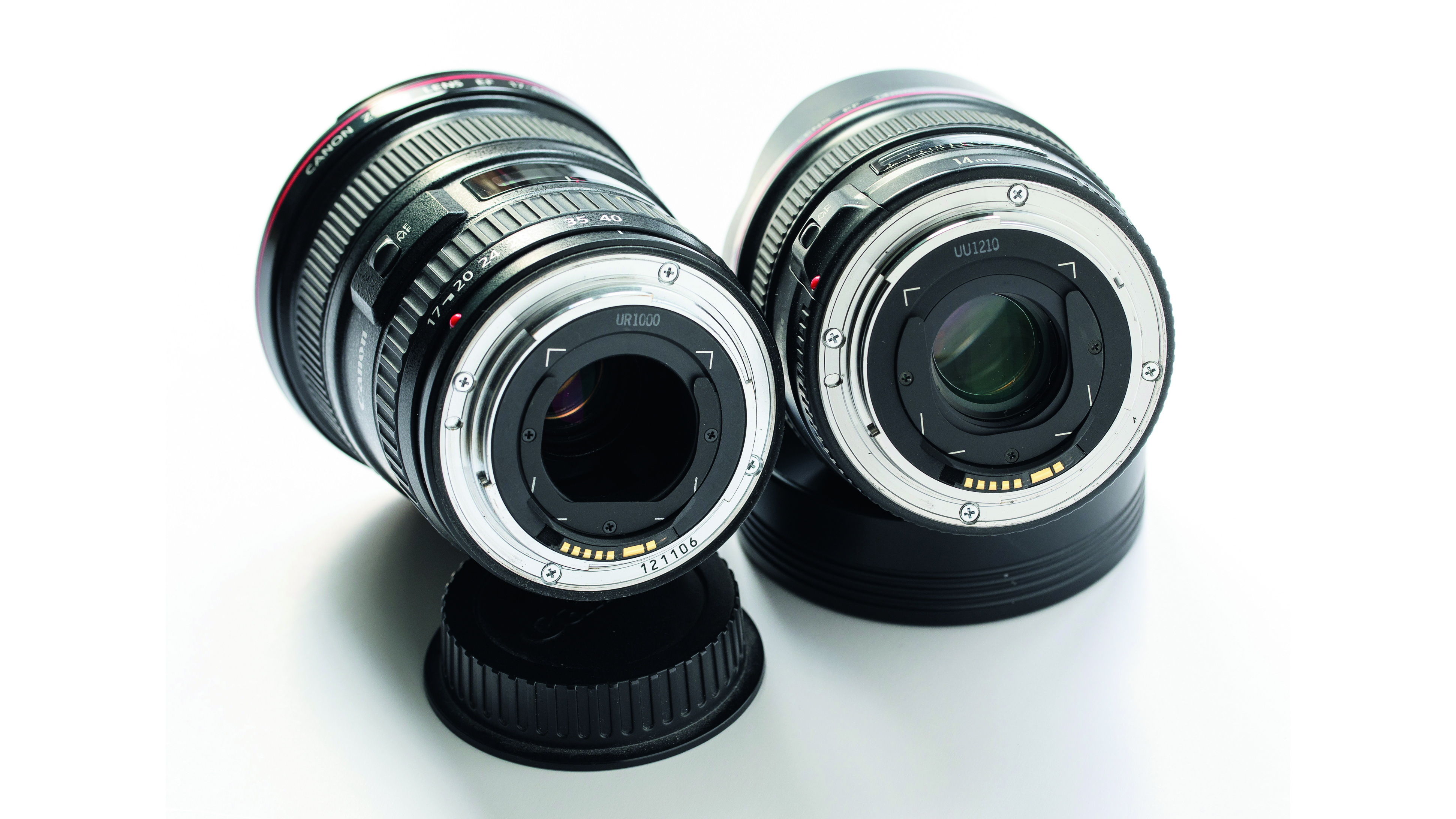
There may be slight dust inside the optical configuration, although if this is light it probably won't have any effect on your images; it’s only with more stubborn marks that this is likely to become an issue.
You should also check that the rings for focusing and zooming turn smoothly and without any issues, and if you can mount the lens on a camera to test it out, do so – it’s good idea to take along your main camera body when buying a lens in person, or ask to use one that may be available in store.

Lenses that have image stabilisation built into them may command a slight premium over non-stabilised optics, but this feature is well worth seeking out if your camera doesn't offer it.
It rare for these systems to be faulty, but you can test the IS out for yourself by using the lens at its longest focal length (in the case of zoom lenses), and pre-focusing on a distant subject using the shutter release button. If all is well, you should see the view stabilise in the viewfinder as you do this.
Look out too for open-box lenses – i.e., ones that are essentially new but can't be sold as new, as the box has been opened. These are likely to be in mint or near-mint condition, but potentially cheaper than a brand new lens. You should make sure, however, that the price difference between the two is worth any difference in warranty period if there is one, as this may not be the same as when buying brand new.
Indeed, you shouldn't overlook the warranty that's available on a secondhand lens, regardless of its condition. It’s common for pre-owned lenses to come with six- or 12-month warranties, although some lenses that appear to be bargains may not come with one at all. If a retailer isn't willing to offer a warranty on a lens there will usually be a good reason why not, so ask before parting with your money.
Finally, when it comes to buying, check what, if any, accessories come with the lens – it may literally just be the front and rear caps. You may not need anything else, but the original lens hood and pouch will be useful, and having the box and manual will help to preserve the value of a lens, should you ever decide to sell it.
Where to buy
While the number of high-street camera shops isn't as high as it used to be, many reputable retailers with both physical and online presences have now got in on the game and started to offer secondhand stock.
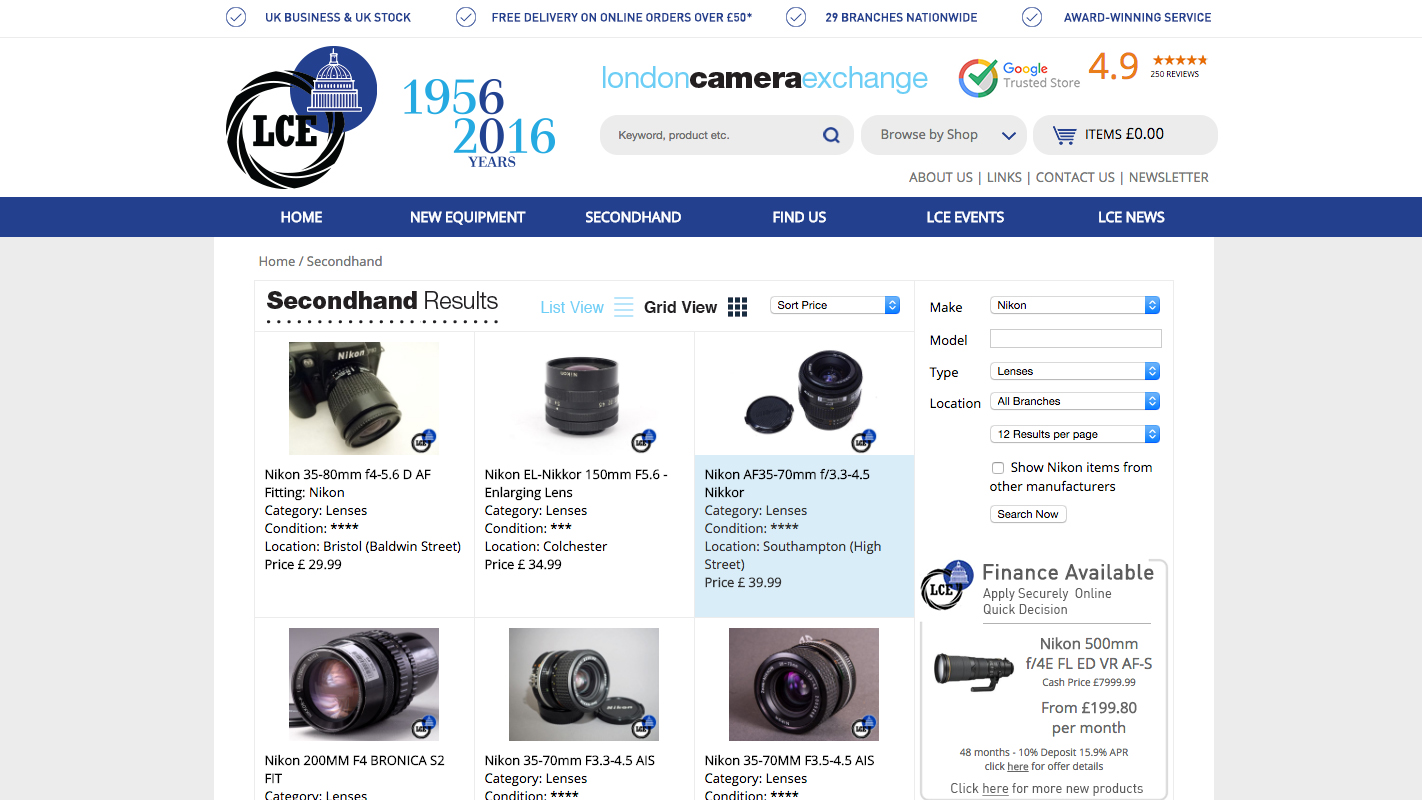
Of the larger retailers in the UK, Wex Photographic, Cameraworld, London Camera Exchange, Park Cameras and Calumet all offer secondhand stock in store and online, although many smaller retailers such Grays of Westminster, Dale Photographic and Clifton Cameras also have collections worth checking out – and many glowing reviews.
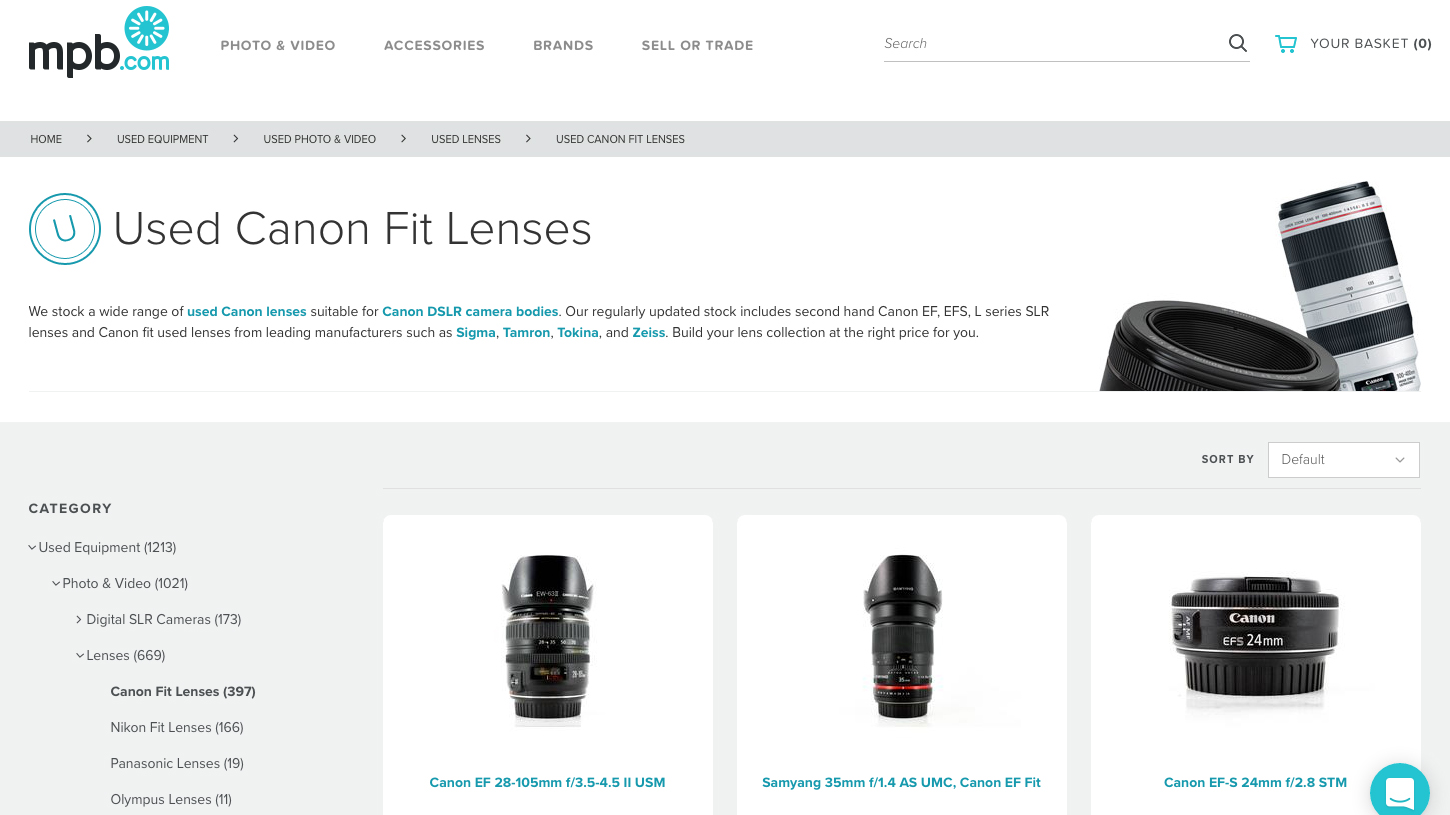
There are also a handful of online-only retailers such as MPB, as well as many smaller operations. Websites such as Feefo and Trustpilot can be used to gauge a company’s reputation, although those that advertise regularly in the photographic press will also generally be worth considering.
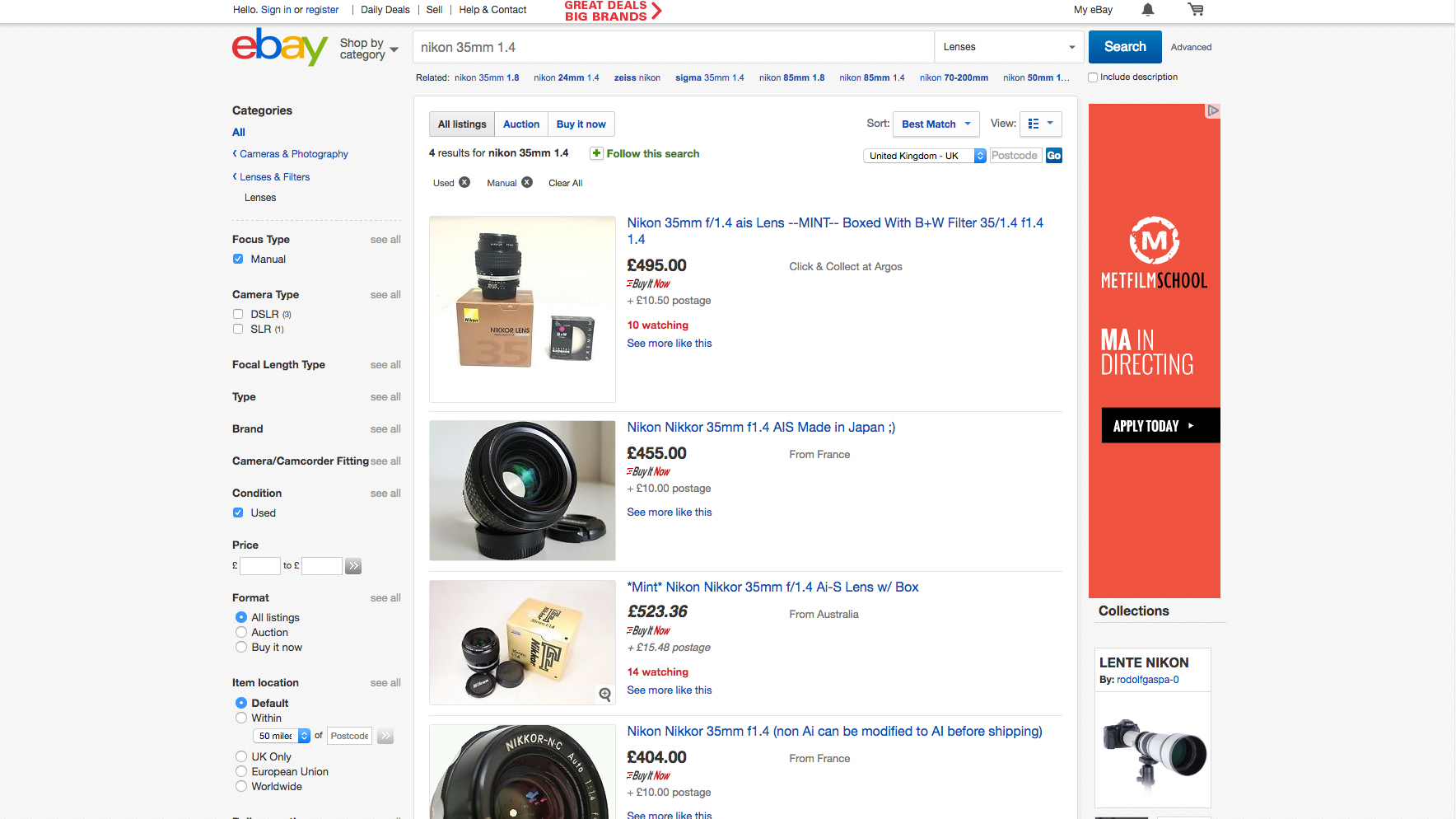
And, of course, there’s eBay. eBay can be a great place to seek out secondhand lenses, but it's always worth checking a seller’s rating before you buy, and making sure you pay in a way that will protect you if anything goes wrong.
Paypal’s Purchase Protection, for example, covers you if your order never arrives, or arrives damaged or in a significantly different condition to that originally described.
More generally, credit card purchases for goods costing between £100 and £30,000 are covered by Section 75 of the Consumer Credit Act, which places your card company jointly responsible with the seller, should something go wrong. When using debit cards, or for credit card transactions below £100, the main card operators offer a separate system known as chargeback, which can be used to reverse a transaction if your goods do not arrive or arrive faulty.
Using old on new
There’s always been an interest in using older lenses on newer cameras, but the arrival of compact system cameras has created much more demand for adapters to facilitate all kinds of combinations. Whether you want to stick your old screw-mount M42 lenses on a brand new Micro Four Thirds body, or you’re making the leap from Canon’s EOS line to Sony’s A7 series and want to keep your lenses, there’s often an adapter out there for the job.
Not every combination is possible, however, as the focal flange distance – that is, the distance from the mount to the sensor plane – varies between models. As a general rule, cameras with a relatively short focal flange distance, such as compact system cameras in the Micro Four Thirds and Sony stables, are able to mount lenses from systems with longer focal flange distances, as the adapters can be designed to create the extra length from the sensor that would normally be required for these lenses.

These range from cheap metal rings to more elaborately designed adapters with their own set of optics. Many of these allow for infinity focus to be maintained, and some even promise to boost light-gathering capability to boost your effective aperture. You can even find models with built-in ND filters, which can be useful for landscapes and any other scenes that would be good candidates for long exposures.
If you’re using an older lens on a camera with sensor-based image stabilisation you’ll also benefit from being able to use slower shutter speeds than you otherwise would be able to, although you may need to instruct your camera as to the focal length of your lens if it can't communicate this information itself.
Our used lens picks
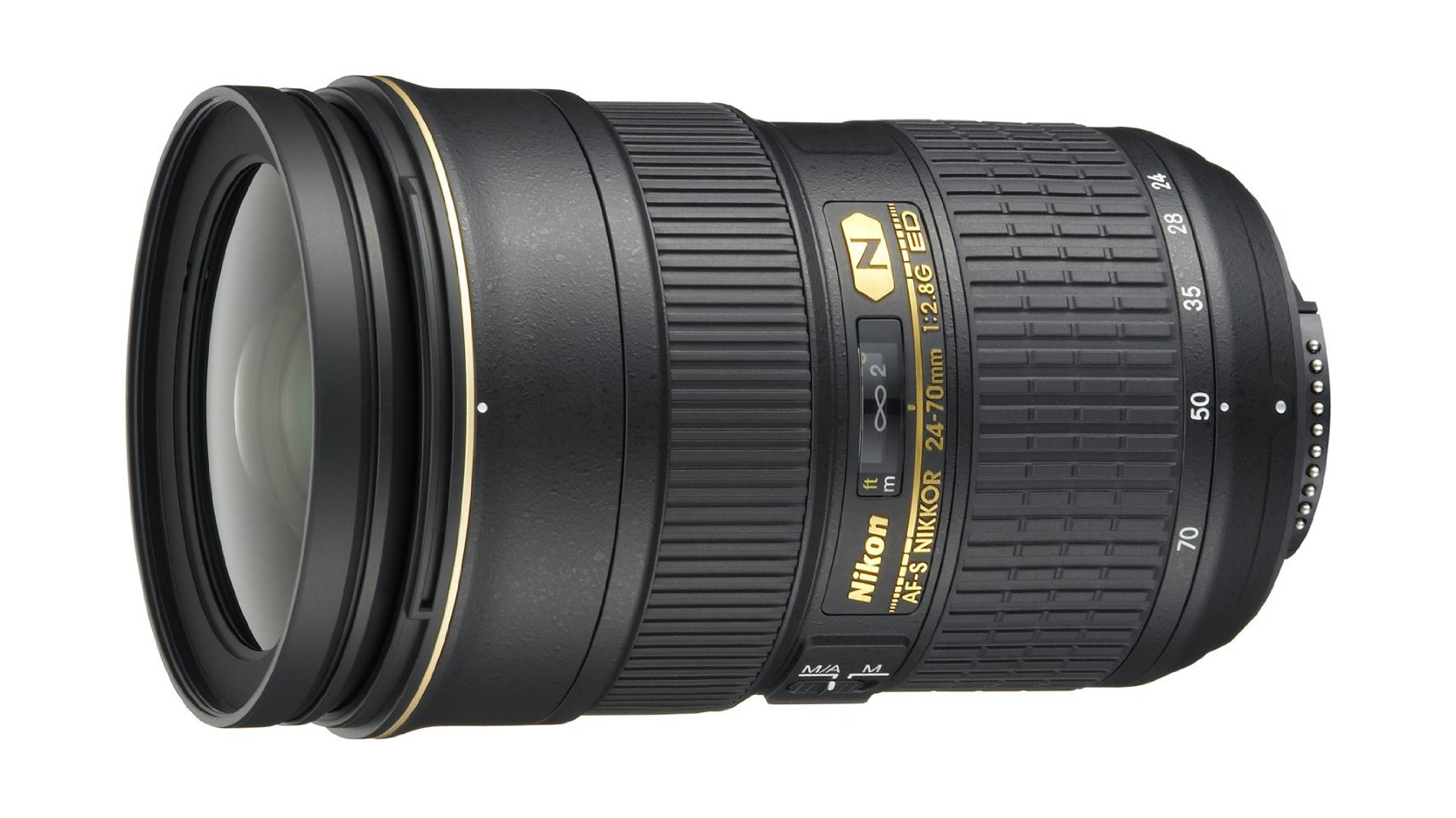
Canon EF 24–70mm f/2.8L USM and Nikon AF-S 24-70mm f/2.8G ED
Nikon and Canon have replaced their original 24-70mm f/2.8 optics with new versions over the past few years, but the optical quality of these original ones makes them well worth seeking out. As an alternative, used examples of the still-current Sigma 24-70mm f/2.8 EX DG HSM can often be had for around £200 less than new ones.
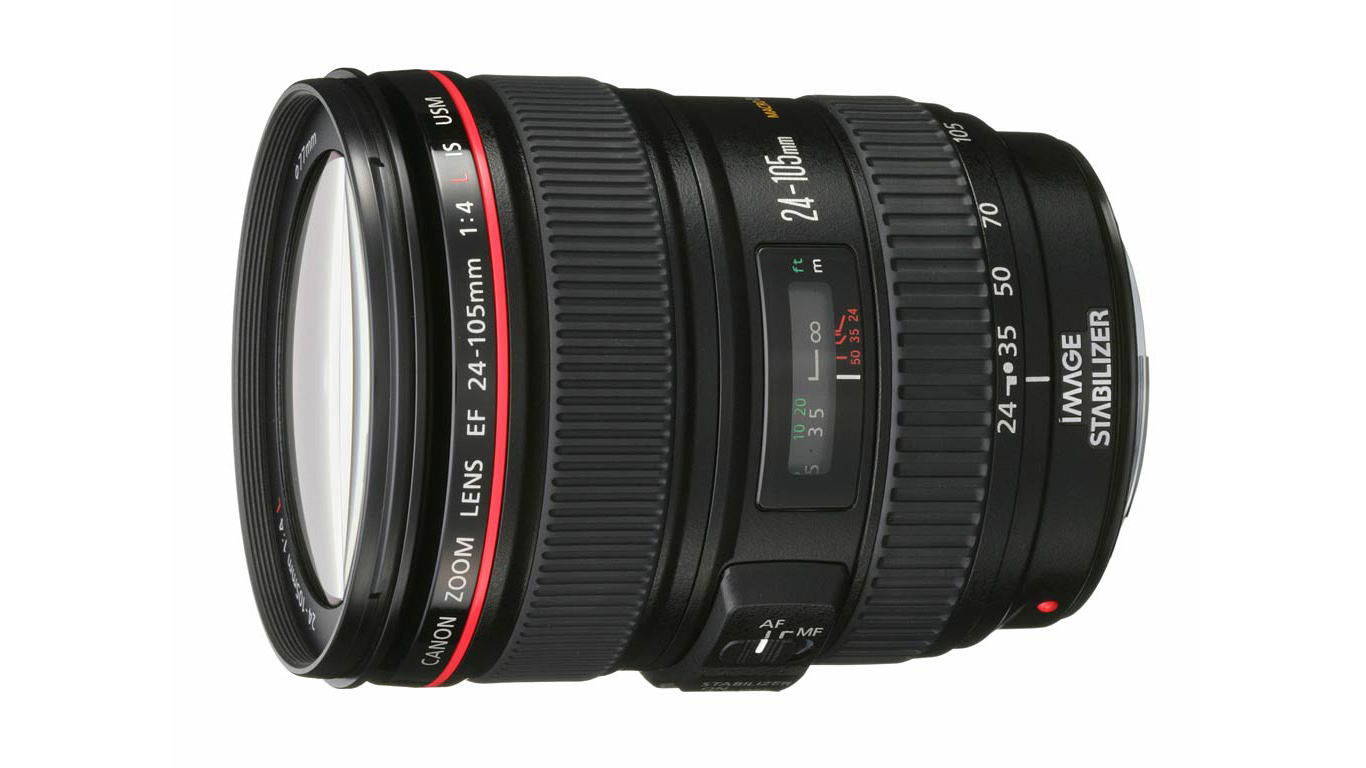
Canon EF 24-105mm f/4L IS USM
A versatile, constant-aperture optic that’s served as a default kit option on many full-frame EOS bodies, this L-series optic can be regularly found in very good condition for almost half the price of brand new examples. The arrival of an updated version has also helped to make it more available in the secondhand market.
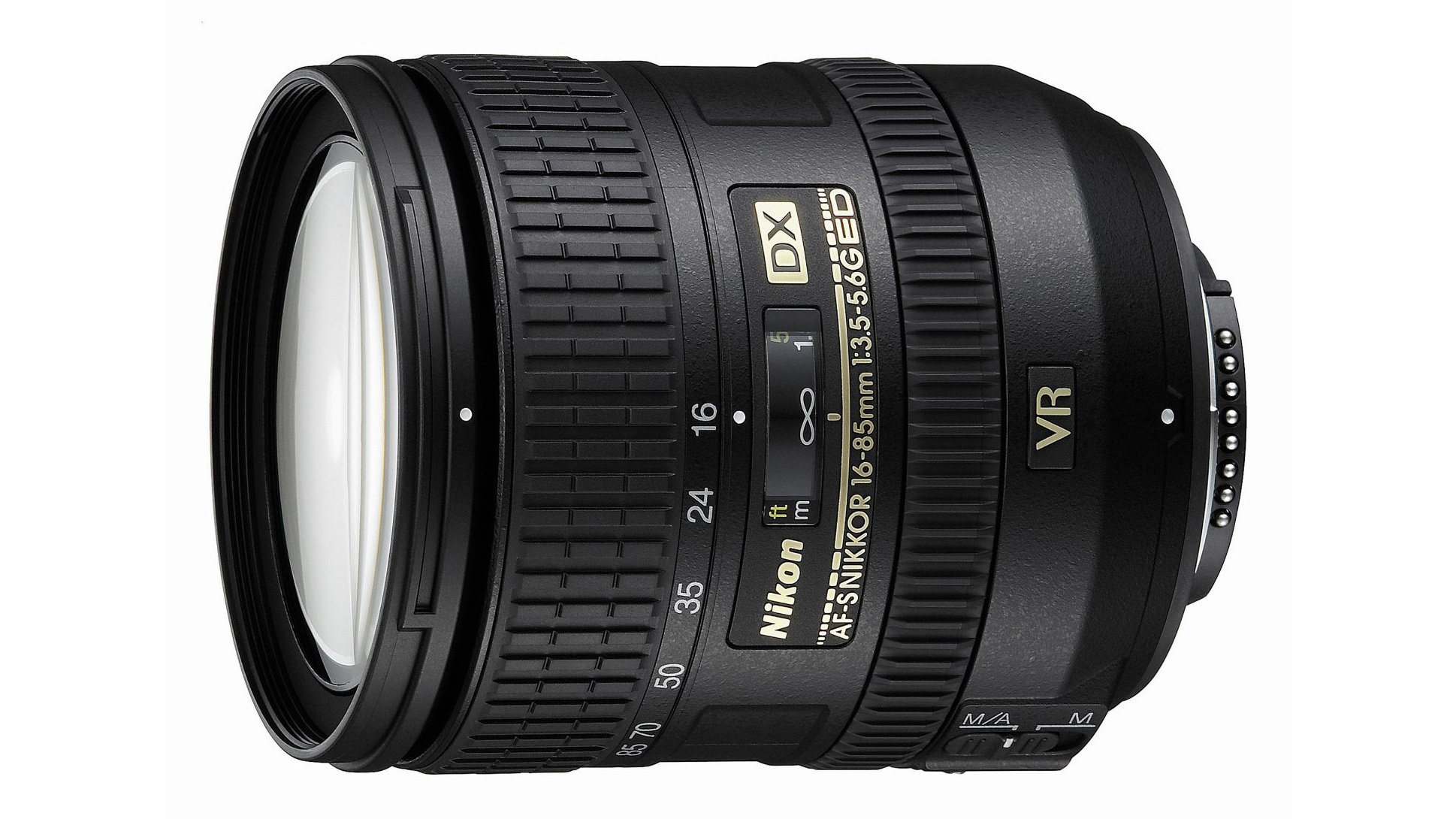
Nikon 16-85mm f/3.5-5.6G VR ED AF-S DX
Nikon DX format users after a general-purpose lens with a little extra reach than standard 18-55 kit options are advised to seek out this longer alternative. While not the fastest lens, Vibration Reduction should help you shoot in lower light, and if you look hard enough you can often find used models for less than half its current new £560 price.
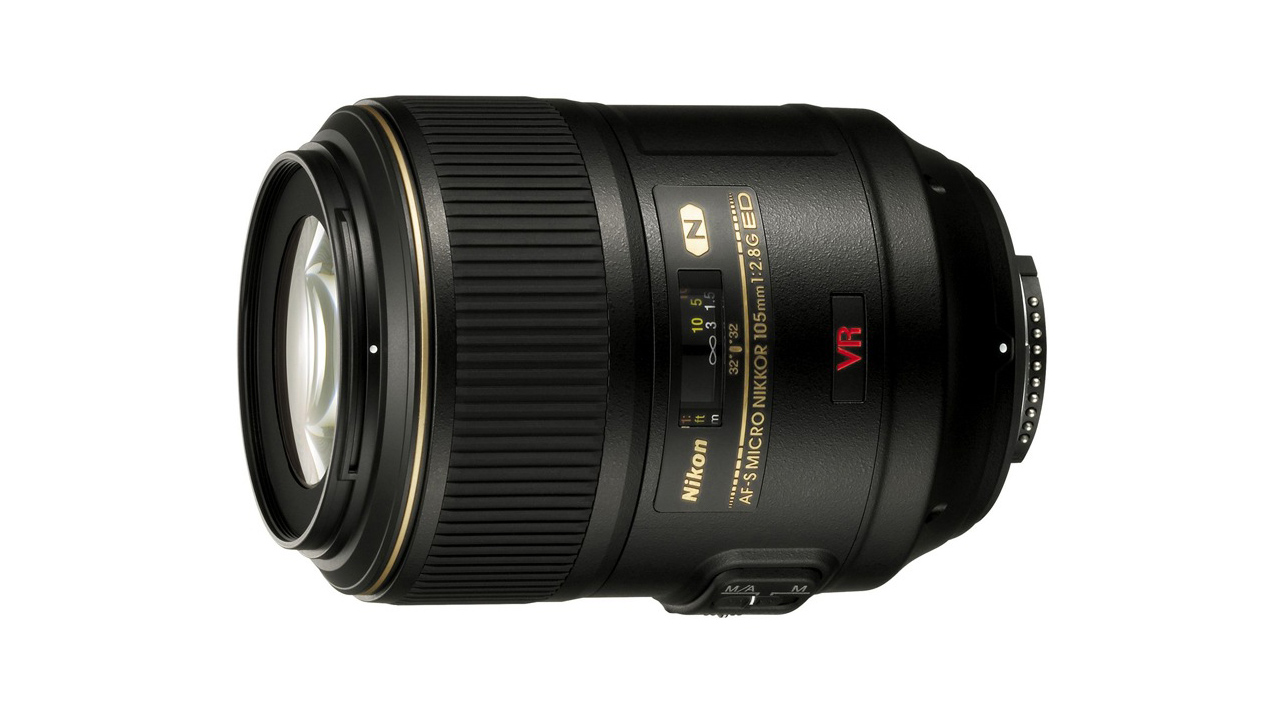
Nikon AF-S 105mm f/2.8G VR IF-ED
This 105mm macro option is highly regarded, but with an asking price over £700 it’s not exactly cheap. Fortunately, used examples in very good condition often surface closer to the £450 mark, so make sure to seek them out if close-up shooting is your thing.
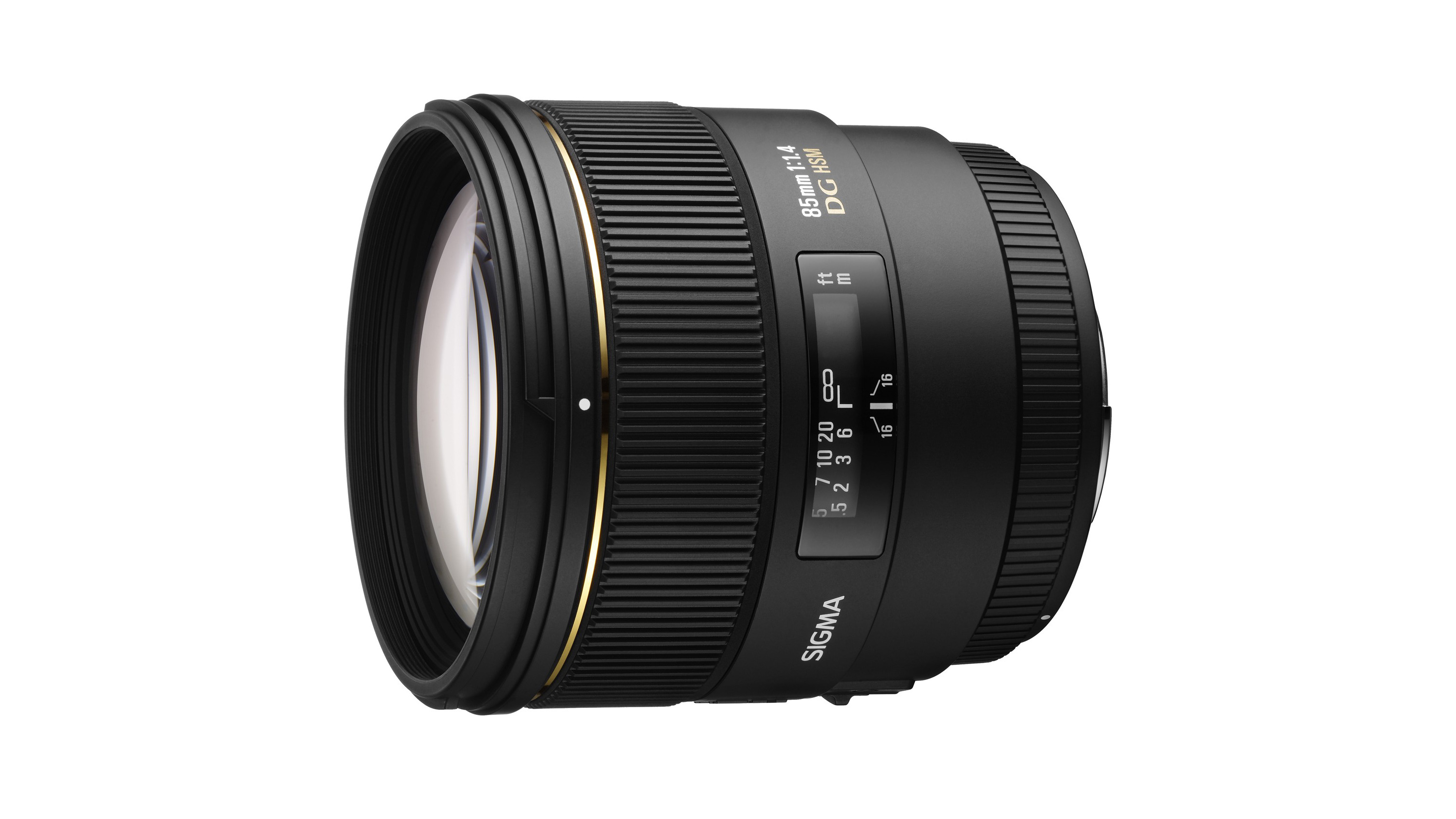
Sigma 85mm f/1.4 EX DG HSM
A classic portrait lens that's won over many wedding and event photographers, secondhand examples of this optic are particularly recommended for Nikon and Canon users, whose respective 85mm f/1.4 G AF-S and EF 85mm f/1.2 options are well in the four-figure territory.
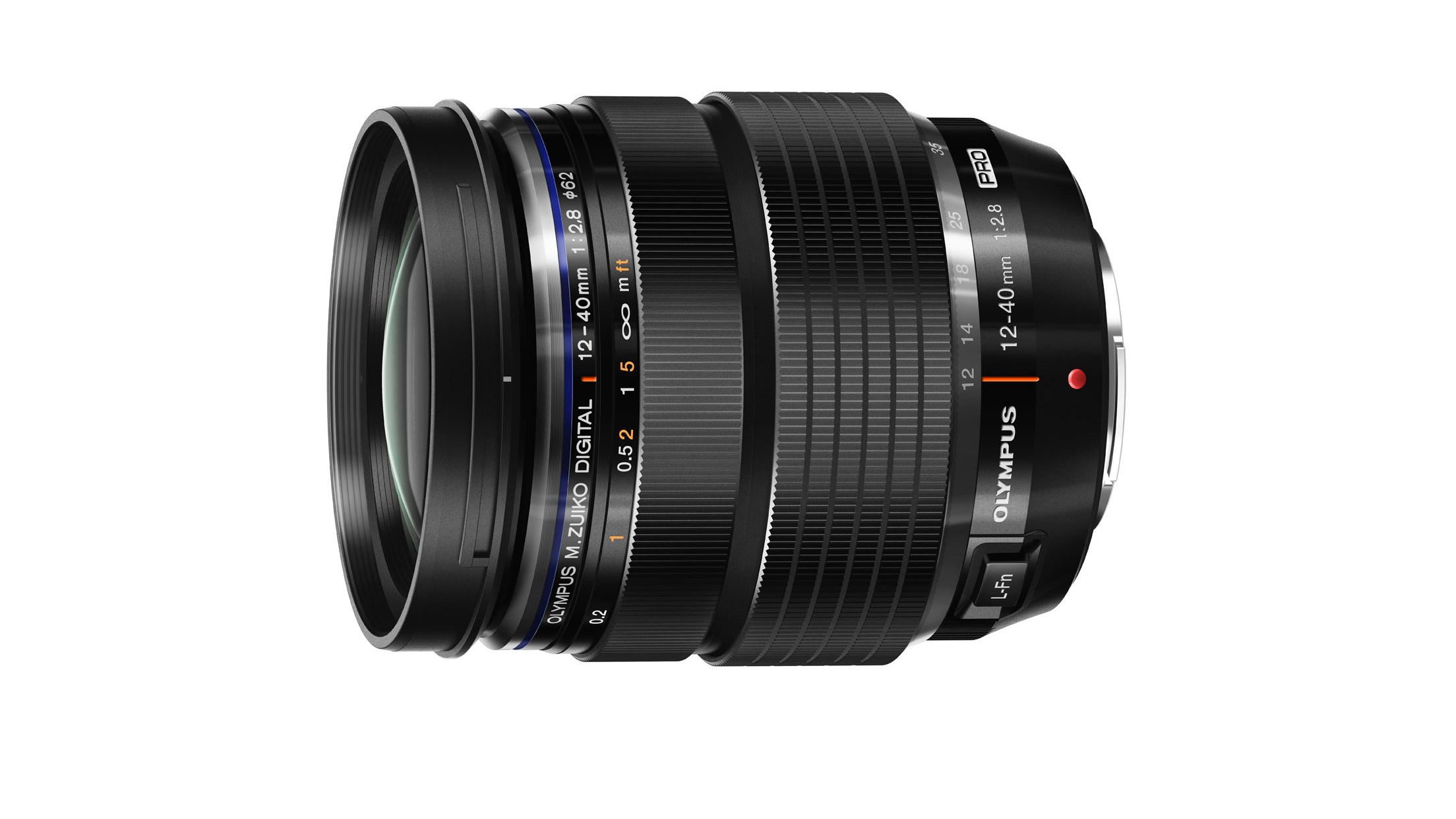
Olympus M.Zuiko ED 12-40mm f/2.8 Pro
Thanks to its constant f/2.8 aperture, dust and splash-proof construction and high-grade optics, this is perhaps one of the most obvious options for Micro Four Thirds users looking to upgrade their kit lens, although some may baulk at its £700+ price. Fortunately, you can easily shave off around £200 by going secondhand, and even more if you happy with an example in a less-than-excellent condition.
Get daily insight, inspiration and deals in your inbox
Sign up for breaking news, reviews, opinion, top tech deals, and more.